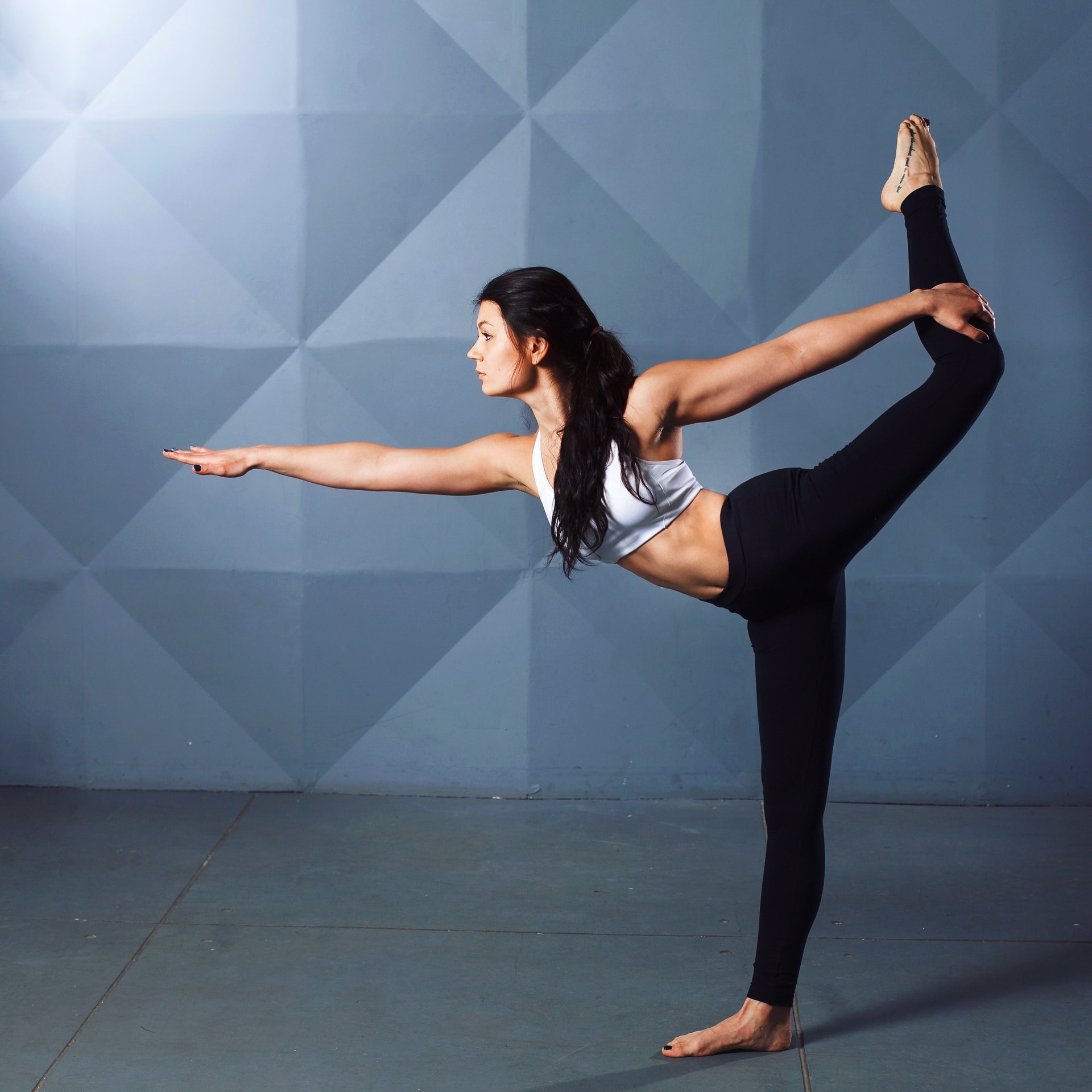Artificial Intelligence (AI) is making its mark in nearly every industry, and fitness is no different. Since Covid-19’s drastic effect on in-person gyms, virtual trainers have become more and more popular. According to a study based on 2,000 Americans, 72% of respondents say it is easier to maintain their fitness routine now than before Covid-19. And of that group, almost half are using fitness apps or some sort of virtual trainer for the first time. With many gym-goers finding more reasons to work out from home, the gym scene as we know it may become a relic of the past. But what really is it about artificial intelligence that makes its mark on fitness so prominent?

The First Signs of AI in Fitness
The first signs of artificial intelligence in the industry came from the birth of wearable fitness trackers. With tools like the FitBit, Apple Watch, and other wearable devices, gym-goers could have a visual representation of what their workout was like. Tracking workouts is useful for monitoring heart rates, counting calories burned, and in classic psychological fashion, competing against friends. Each of these wearable devices would have a phone application that aligned with it. While most displayed other metrics of fitness like steps walked or hours slept, artificial intelligence began to further rear its head in the form of guided workouts. Phone application-guided workouts gave many users who couldn’t afford trainers, a method of accessing something rather similar. The algorithms in these applications were designed to learn from previous workouts in order to develop new, more personalized ones. From either the comfort of their home or at the gym, these mini-machines began to revolutionize working out.
The Rise of Home Gyms
Since the beginning of wearable devices, fitness technology has evolved even further. Due to Covid-19, many people worldwide became all too familiar with working out from home. With gyms being closed, the door for AI-based fitness equipment opened. Beginning with stationary bikes, like Peloton, which has interactive workouts and community-based features, people embraced the commodity of home gym equipment. Soon after, fitness mirrors began to roll out. These tools took machine learning to the next level. With holographic images of personal trainers, users could get the in-person feel back in working out, but without having to leave their home. The cameras in the mirrors can help guide your form throughout the workout. And some of these mirrors come with their own set of weights and other equipment to match the workout displayed. While these tools do cost a monthly fee, many users are more than willing to cancel a gym membership in exchange.
The Future of Gyms
So now that AI has integrated itself seamlessly into many gym-goers’ lives, what will happen to brick and mortar gyms? Artificial intelligence has long been villainized for being the root of job loss among many industries. And unfortunately, if things continue as they are, it might do the same in the fitness world. In a recent study, 56% of people said they don’t plan on renewing their gym memberships after Covid-19. With that, gyms may become things of the past, and gym employees may no longer have a place to work. But this applies to more than just gym employees. There are many people who have made careers out of being personal trainers. With the growing popularity of these pre-recorded training sessions, like on Peloton, and the holographic trainers, like on the Mirror and Tonal, in-person trainers may no longer be needed. With that, thousands of people could be jobless in the foreseeable future.
Downsides to AI in Fitness
Not Human. With all advances in technology, there are downsides. It has long been said that artificial intelligence tools still have a long way to go before they can mimic the human mind. As humans, we still have the emotional component that a computer lacks. And because working out can be personal, there are ways where AI trainers fall short of their human counterparts. Human trainers have the ability to understand a client on a deeper level than a computer ever would. And to some, this aspect is incredibly important.
Security. Additionally, with any at-home camera technology, there are always security risks. The vulnerability of wifi-based cameras to hackers and other online criminals is still relatively unknown. Like laptop cameras were hacked in the past, there is a risk that something similar could happen. The depths of the technology web are still being analyzed and it is still too early to tell just what could really happen.
The Bottom Line
The integration of artificial intelligence in the fitness industry may change its landscape in years to come. More and more, people are finding phone applications and wearable technology to be the future of their workouts. While AI fitness equipment, like the Mirror or Tonal, are making waves in the industry, it does not entirely mean that traditional gyms are on their way out. In fact, there are still many gym-goers who value the sense of community they feel when working out. This is something that cannot necessarily be replicated through computer algorithms, though I’m sure there will be attempts. As this kind of technology continues to evolve, only time will tell if at-home workouts will become the primary method of exercise.
